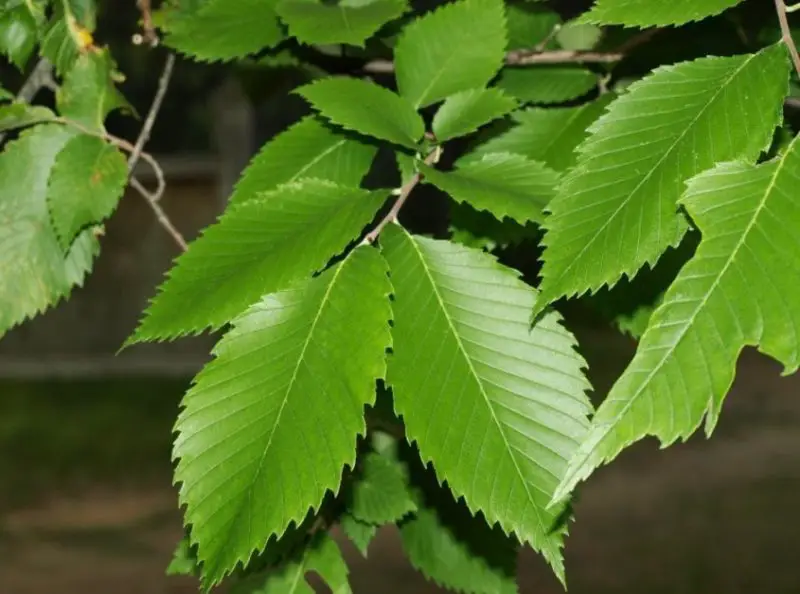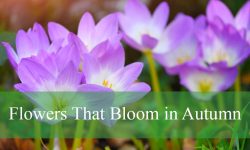The American Elm (Ulmus americana) is a majestic and fast-growing deciduous tree native to North America. With its iconic vase-like shape and towering presence, this tree once dominated urban and suburban landscapes. Despite the significant loss of American Elm populations due to Dutch Elm Disease (DED), advances in disease management and the development of resistant cultivars have allowed this species to make a comeback.
This guide provides a detailed and comprehensive understanding of how to properly grow and care for the American Elm, ensuring its longevity and vitality.
Characteristics of American Elm

Appearance
The American Elm is an imposing tree that can reach heights of 60 to 80 feet at full maturity, with a canopy that can span up to 60 feet wide. The tree’s unique vase-like structure contributes to its beauty, making it an excellent shade tree for parks, streets, and large properties. Its dark green leaves have serrated edges and an asymmetrical base, giving them a distinctive, textured look. In the fall, the leaves transition to a golden-yellow color, creating a striking autumn display.
The tree’s bark is grayish-brown with deep ridges that form an interwoven pattern, providing a rough texture that adds to its visual appeal. In early spring, small reddish-green flower clusters emerge before the leaves appear. These flowers later develop into winged samaras—flat, seed-bearing fruits—that are dispersed by the wind.
Growth Rate
The American Elm is a fast-growing tree, capable of adding three to five feet of height per year under optimal conditions. This rapid growth makes it a favored species for reforestation, urban landscaping, and shade tree applications. With proper care, it can live for more than 200 years, making it an enduring and valuable part of the ecosystem.
Hardiness Zones
This tree is highly adaptable and thrives in USDA hardiness zones 2 through 9, meaning it can withstand a wide range of environmental conditions. From the cold winters of Canada to the humid climates of the southeastern United States, the American Elm remains resilient in diverse settings.
Ideal Growing Conditions
Sunlight Requirements
For optimal growth, the American Elm requires full sun exposure, meaning it should receive at least six hours of direct sunlight daily. While it can tolerate partial shade, insufficient light may lead to slower growth and a less robust canopy. Planting in an open, unshaded area ensures vigorous development and a strong structure.
Soil Preferences
The American Elm is highly adaptable to different soil types, but it thrives best in well-drained, loamy soil. It can tolerate sandy, clay, and rocky soils, making it a suitable choice for a variety of landscapes. The preferred soil pH ranges from slightly acidic to neutral (6.0 to 7.5). Proper soil drainage is crucial to prevent waterlogging, which can lead to root diseases.
Watering Needs
Moderate watering is essential, particularly for young trees that are still establishing their root systems. Newly planted elms should receive deep watering at least once or twice a week to encourage strong root growth. Mature trees are more drought-tolerant but still benefit from deep watering during prolonged dry spells to maintain vitality and prevent stress.
Temperature and Climate
The American Elm exhibits exceptional cold hardiness, tolerating extreme winter temperatures. It is also resilient in hot and humid climates, making it one of the most versatile shade trees available. Its ability to adapt to various weather conditions ensures its survival in both rural and urban environments.
Planting American Elm
Choosing the Right Location
Selecting the appropriate planting location is vital for ensuring the long-term health of an American Elm. Given its large canopy, ample space is required for proper development. Avoid planting too close to buildings, sidewalks, or driveways, as the tree’s extensive root system may interfere with infrastructure over time. Additionally, sites with good air circulation help reduce the risk of fungal diseases.
Planting Steps
- Digging the Hole – Dig a hole that is twice as wide as the root ball and equal in depth to encourage root expansion.
- Preparing the Soil – Loosen the soil at the bottom of the hole to enhance root penetration and aeration.
- Placing the Tree – Position the tree in the hole, ensuring that the root flare (where the trunk meets the roots) is level with the ground.
- Backfilling – Refill the hole with soil, gently firming it around the roots to eliminate air pockets.
- Watering – Water thoroughly to help settle the soil and initiate root establishment.
- Mulching – Apply a 2- to 4-inch layer of organic mulch around the base, keeping it a few inches away from the trunk to prevent rot and pest infestations.
Caring for American Elm
Watering Schedule
Young American Elms require consistent watering, especially during the first few years. Deep watering once or twice a week promotes deep root growth. For mature trees, watering every two to three weeks during dry spells is sufficient. Overwatering should be avoided, as excessive moisture can lead to fungal infections and root rot.
Fertilization
A slow-release, balanced fertilizer should be applied in early spring to support growth. A formulation such as 10-10-10 or 14-14-14 provides essential nutrients. Additional fertilization may be needed in mid-summer if soil fertility is low.
Pruning Techniques
Pruning is essential for maintaining the tree’s structure and health. The best time to prune is during late winter or early spring when the tree is dormant. Remove dead, diseased, or crossing branches to improve airflow and reduce disease susceptibility. Retaining a strong central leader ensures a well-balanced canopy.
Mulching
Applying mulch helps retain soil moisture, regulate temperature, and reduce weed competition. However, mulch should not be piled against the trunk to prevent fungal growth and pest infestations.
Seasonal Care Guide
Spring Care
During the spring, applying a balanced fertilizer helps stimulate new growth and ensures the tree receives essential nutrients for a strong start to the growing season. It is also important to inspect the tree for signs of pests, such as elm leaf beetles, which can cause significant damage if left untreated. If any dead or damaged branches are present, pruning them before the tree fully leafs out encourages healthy development and reduces the risk of disease spreading.
Summer Care
As temperatures rise, maintaining proper moisture levels is crucial. Deep watering during dry spells helps keep the tree hydrated and reduces stress. Regular monitoring for fungal infections, particularly powdery mildew, is necessary to prevent disease from spreading. Additionally, applying mulch around the base of the tree aids in moisture retention and temperature regulation, benefiting overall root health.
Fall Care
Autumn is a time to prepare the tree for winter dormancy. Raking and disposing of fallen leaves helps minimize the risk of fungal diseases that can thrive in decaying foliage. Reducing watering during this period allows the tree to transition naturally into dormancy. A thorough inspection for any signs of disease before winter ensures that any issues are addressed before harsh weather sets in.
Winter Care
During winter, young trees are particularly vulnerable to frost damage. Wrapping them in burlap provides extra protection against extreme temperatures. It is best to avoid heavy pruning during this season, as the tree is in a dormant state and pruning may cause unnecessary stress. Ensuring proper soil drainage throughout winter prevents root rot and other moisture-related complications, promoting overall tree health.
Common Pests and Diseases
Dutch Elm Disease (DED)
Dutch Elm Disease is a serious fungal infection spread by elm bark beetles. Symptoms include wilting, yellowing, and leaf loss. Preventative measures include planting resistant cultivars, pruning infected branches, and managing beetle populations through insecticidal treatments.
Elm Leaf Beetle
Elm leaf beetles feed on foliage, causing defoliation and weakening the tree. Insecticidal sprays and natural predators such as parasitic wasps help control infestations.
Powdery Mildew
Powdery mildew appears as a white powdery coating on leaves, thriving in humid conditions. Ensuring proper air circulation and applying fungicides can help mitigate its spread.
Propagation Methods
Growing from Seeds
Seeds should be collected in late spring and cold stratified for 60 days before planting. Germination occurs in early spring when temperatures rise.
Propagation by Cuttings
Hardwood cuttings taken in late fall can be rooted in moist soil with the use of rooting hormones. Maintaining high humidity accelerates root development.
American Elm in Landscaping
Uses in Urban and Residential Areas
The American Elm is an ideal shade tree for streets, parks, and large gardens. Its expansive canopy provides ample shade, reducing heat buildup in urban environments.
Companion Plants
Pairing American Elm with native shrubs like serviceberry, dogwood, and viburnum enhances landscape aesthetics. Ground covers such as ferns and wildflowers contribute to biodiversity.
Conclusion
With its resilience, rapid growth, and aesthetic appeal, the American Elm remains a cherished tree for landscaping and environmental restoration. By following proper planting and maintenance practices, homeowners and landscapers can enjoy the benefits of this iconic tree for generations to come. Efforts to restore American Elm populations through disease-resistant cultivars and careful management are key to ensuring its continued presence in urban and natural landscapes.






